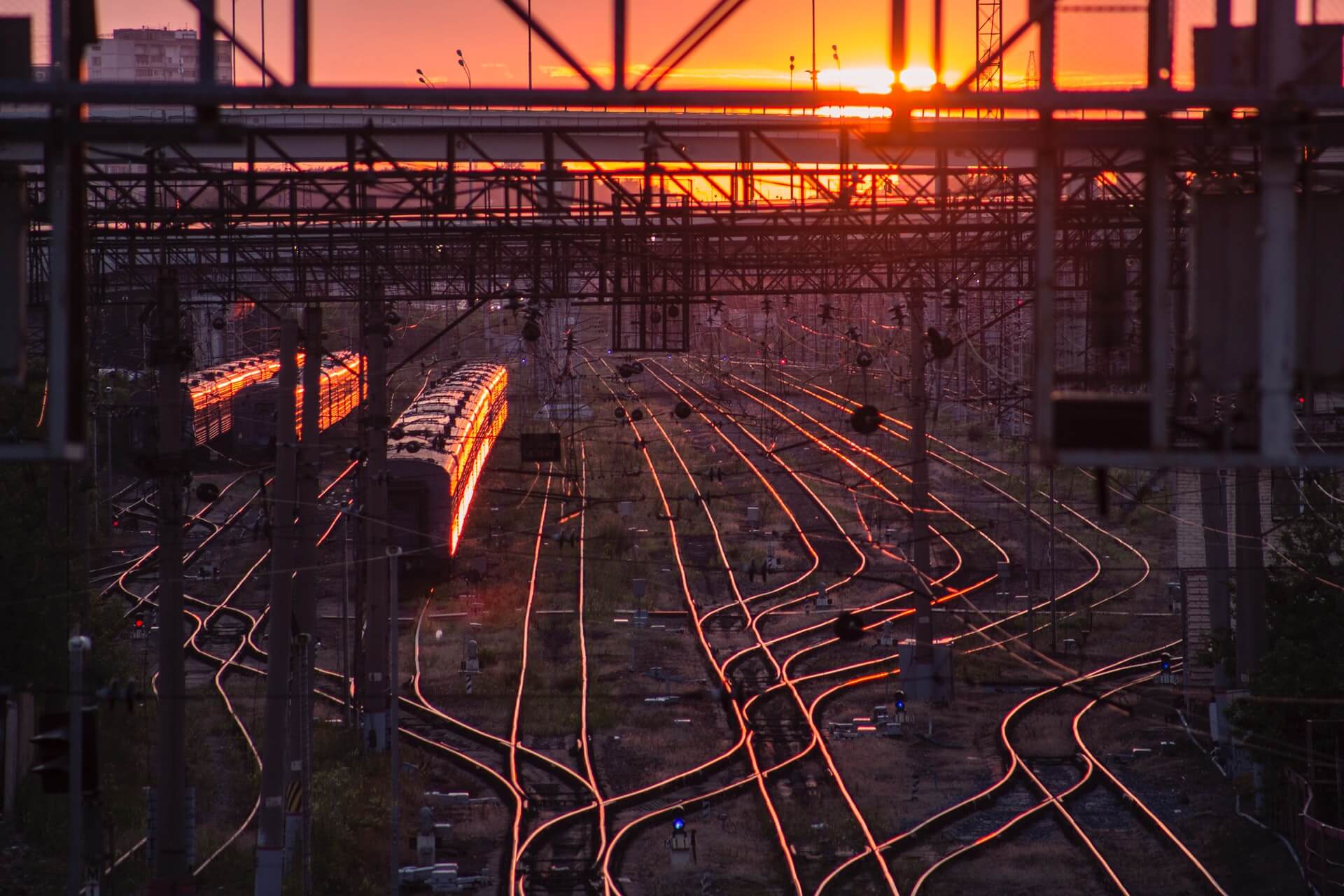Real estate specifically refers to a parcel of land and the additional attachments and improvements that have been permanently installed on them. These include “material entities and interests based on physical material interests.” Furthermore, it is from a theoretical standpoint that the value of real estate comprises several facets, such as “the land within a certain range, all relevant infrastructure construction, the respective labor allocated to the improvement of the land, and the like.”
Given this, real estate has the distinct attribute of appreciating. There are numerous factors that impact the appreciation of real estate value, and a crucial inclusion of this are roadways and railways – this will be the focus of discussion of this blog. This blog is just for you if you’re planning to invest in a house and lot for sale relevant to real estate.
How Does Real Estate Appreciate?
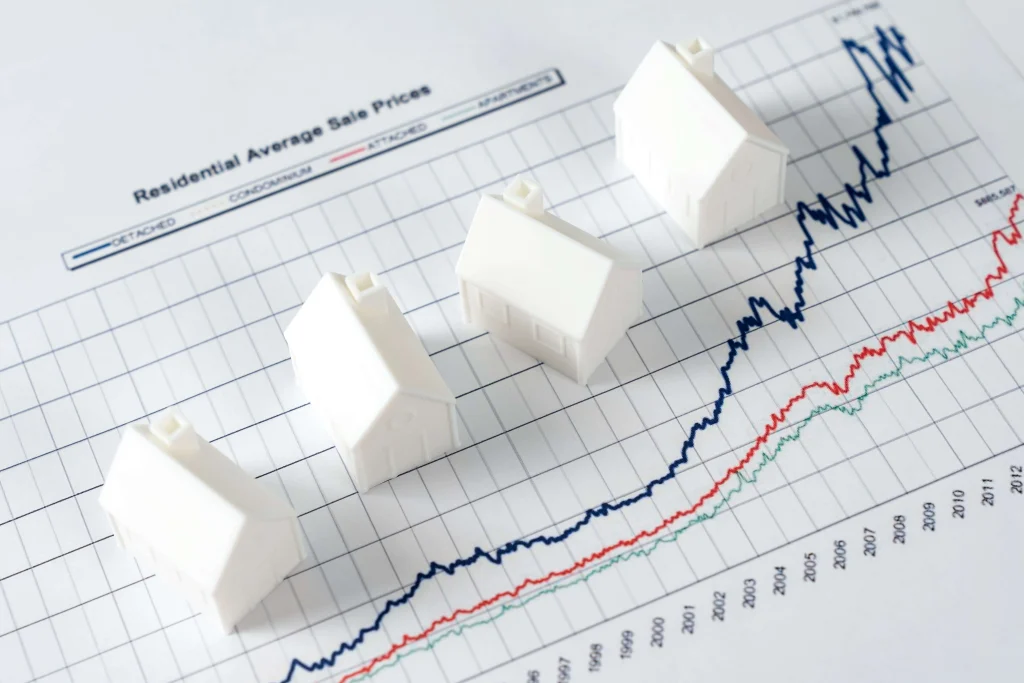
Before tackling the importance of roadways and railways to the increase in real estate value, it should be noted that one should have background knowledge on how real estate appreciates. More specifically, appreciation of real estate revolves around “the increase in value of a property over time.” Notable factors influencing real estate appreciation include rising employment rates, infrastructure development, inflation, and other rates or developments that could affect the quality of a society’s economy.
One important attribute regarding real estate that is worth remembering is that the reason behind its appreciation over time centers around how land itself will only increase in value as time passes. Things such as vehicles or devices depreciate continually with more and more use, while land, on the other hand, is a scarce resource. Land itself is a natural resource, which means it cannot be reproduced.
Key factors that affect real estate appreciation include the following:
Demographics of the surrounding community
The demographics of the community in which the real estate property is located in impacts real estate value because the lifestyles of the inhabitants in the community influence demand for specific real estate. For example, if there is a significant population of the boomer generation in the area, then there will likely be a rise in demand for real estate property relevant to that purposed which is to be purposed as retirement or vacation homes.
Location of the property

The location of the property, generally speaking, impacts real estate appreciation because of the kind of environment that a location provides and the necessities of the inhabitants in the area. For example, a suburban location typically houses middle to upper class families; and this also means that such an area would have an available house and lot for sale. Because of this, the houses in that location are unlikely to be next to busy roads and highways since it would make the area safer for children and more tranquil.
Future and ongoing developments nearby
It is important to take note of municipal and commercial developments within the area. The development of structures such as shopping centers, schools, condominiums, hospitals, and the like, all influence real estate appreciation since such structure meet the needs of various individuals considering to purchase a house and lot for sale in the area because of proximity to such structures.
The Takeaway
Roadways and railways play into all of this because they themselves are the routes for transportation for people. It is through roadways and railways that inhabitants are able to access future and ongoing developments within a specific location. And it is through roadways and railways that various demographics are able to access property that meets their demands. Transportation itself is what drives the positive progress of the economy.
Importance of Roadways
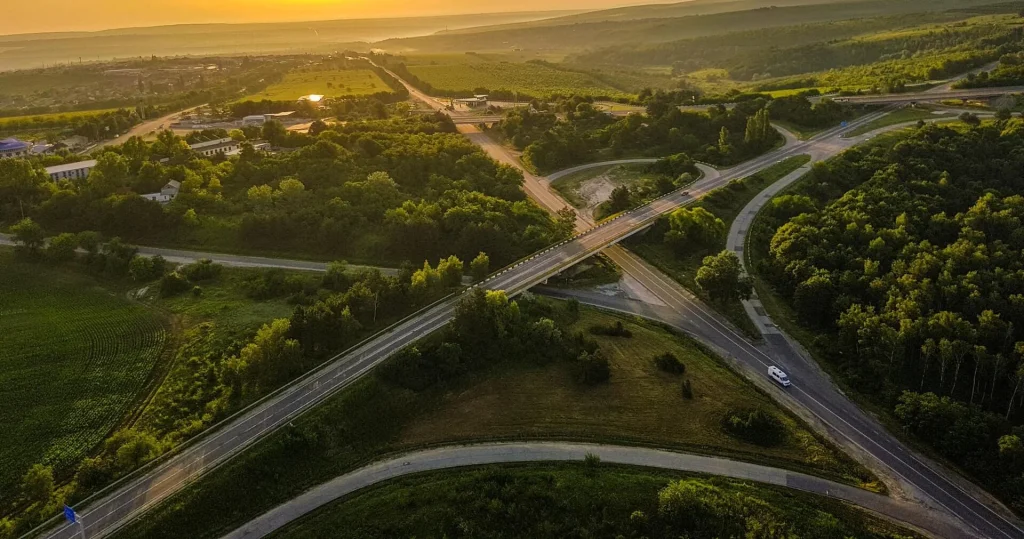
Transportation via automobiles or cars are one of the most common forms of transportation in modern time to the extent that it is now a natural part of our lifestyle. It is because of roadways that individuals gain access of road transport to properties – whether it’s residential, commercial, or industrial – in order to perform their respective work and duties, as well as to meet their demands and necessities of living.
In the context of the Philippines in particular, the Philippines “has been slow to build and improve its limited network of expressways, [but] it has had some success.” There are a number of significant expressways in the country that people travel to from their house and lot for sale, which include the following:
Muntinlupa-Cavite Expressway (MCX)
The MCX, which was formerly referred to as the Daang Hari-SLEX Link Road, is a “4-kilometer main road that connects to suburban towns of Cavite to Metro Manila.” It was purposed to avoid “busy routes in the Alabang business district,” saving fuel and time for motorists.
Cavite-Laguna Expressway (CALAX)
The CALAX is purposed to “minimize traffic congestion on Governor’s Drive, Sta. Rosa-Tagaytay Road, and Aguinaldo Highway.” Moreover, this expressway was constructed as a way to induce investment and growth in the CALABARZON region.
Southern Luzon Expressway (SLEX)
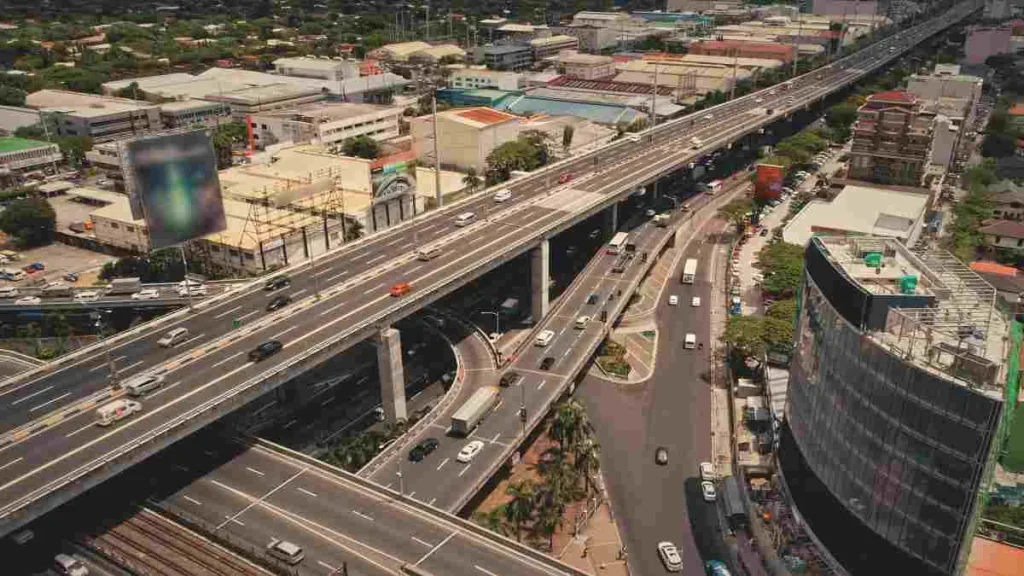
The South Superhighway or SLEX comprises “two expressways that connect Metro Manila to the CALABARZON region.” The significance of this expressway centers on finally establishing the “missing link” between the provinces of Batangas and Laguna, and Metro Manila itself.
Manila Skyway
Located within the National Capital Region (NCR), this “elevated expressway crosses through Makati City, Pasay City, and Parañaque City.” It particularly purposed to “relieve heavy traffic on the SLEX in the crowded southern suburbs of Metro Manila.”
Importance of a Rail Network and Rail Transport
A Railway network is more than just for freight trains it is a form of public transportation that transports numerous amounts of people and goods to-and-from specific areas within the country, making it “climate-smart and efficient.” Serving as “a system running on metal rails and wheels,” railway systems enable economic growth because of how it transports goods and materials across regions and offers commute for people to travel.

In the context of the Philippines, the presence of railways offer benefits of “carrying more people in less space on a dependable time schedule at less cost.” Given this, it is in Metro Manila that light rail lines are located.
Light Rail Transit Line 1 (LRT-1) Extension Project
One of the Philippine high speed railway systems worth noting is the LRT-1, which is “the first metro line of the Manila LRT system.” This railway line runs between “Congressional Ave. in Quezon City and Baclaran in Parañaque city.” There is a recent extension project of the LRT-1 that aims to expand the railway line’s reach from Baclaran to Bacoor city, Cavite.
Furthermore, this extension project is specifically purposed for reducing traffic congestion in the Parañaque-Las Piñas-Cavite corridor, as well bolstering commercial development in the areas where the rail stations are situation. The LRT-1’s capacity could initially hold up to 500,000 passengers, however the extension project will be able to increase the capacity to 800,000.
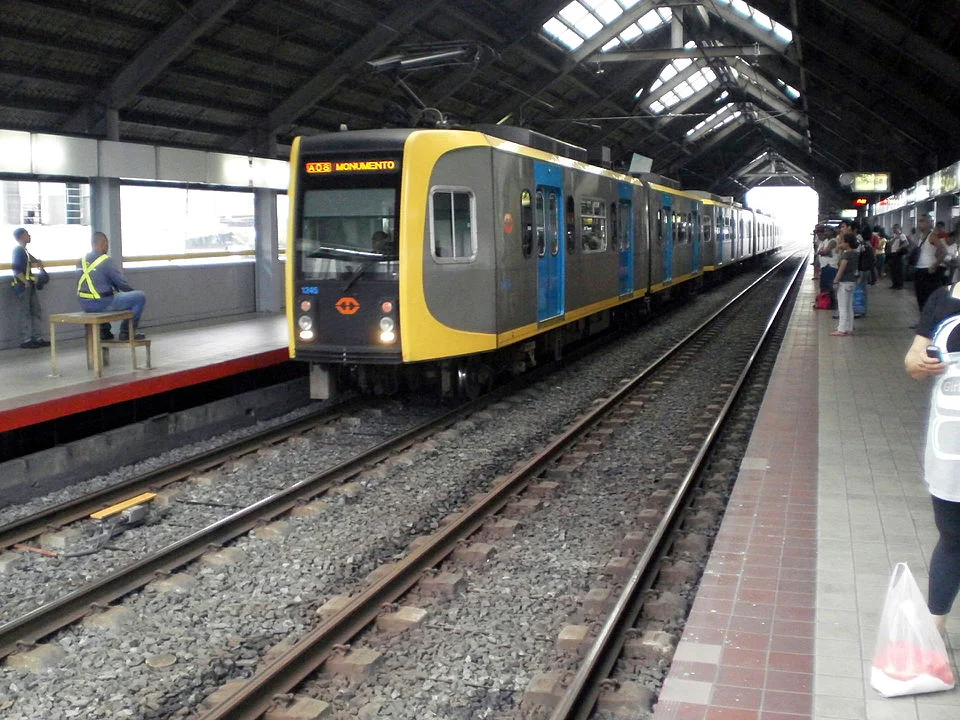
Photo By User:Philippinerailways – Self-photographed, CC0, https://commons.wikimedia.org/w/index.php?curid=16277496
Lastly, given the extension project’s purpose, the railway line’s distance will be stretched from 20.7km to 32.4km. Specifically, it is intended to “connect into the existing line immediate south of Baclaran station and continue to run southward,” passing through Parañaque, Las Piñas, and finally ending at Barangay Niog, Bacoor.
The details of this extension project put an emphasis towards having the LRT-1 go through many more cities and areas that house communities, which is what makes railways crucial to real estate appreciation. More and more people from different regions and cities are able to access a transportation route to get to farther distances through fast commute. And as a result, commercial operations are bolstered, materials are delivered for industrial sectors, and individuals are able to find residential properties to invest it, like a house and lot for sale.
The bottom line is that transit-oriented development will do wonders for a community.
Related Blog: Infrastructures in the South: Connecting Southern Luzon to Manila


